Every last drop
Soon after the centre engine had shut down as planned on Apollo 16. and as they approached the final minute of the S-II’s flight, the crew felt a slight, but expected drop in thrust.
“PIJ shift,’’ reported John Young, the mission’s commander.
‘’Sixteen. Houston. We saw the PU shift. Thrust looks good, and you’re Go for staging,” replied Gordon Fullerton, the launch Capcom.
What was shifting was a valve in eaeh engine that controlled the flow of LOX to the combustion chamber. This was the ■propellant utilisation valve and it was one of the strategies brought into play to ensure that the propellants were utilised as fully as possible. These strategies were implemented by the engineers at North American as they struggled to squeeze as much impulse out of the stage as possible in the light of the narrowing weight limits to which they were constrained. Any quantity of cither Lib or LOX that remained in the tanks after shutdown was useless weight that had not only failed to contribute to the task required of that stage, it had also consumed useful propellant by being carried into space. Engineers were keen to balance the consumption of the two propellants in order to minimise the quantities that remained in the tanks at shutdown. However, small errors in the quantity of propellant loaded before the flight, and an imprecise knowledge of how fast the engines would consume it, made it difficult to plan for matched consumption. One method chosen to minimise wastage was to monitor the depletion of the propellants in the tanks and then to alter the mixture ratio at a point that would lead to simultaneous depletion.
This propellant utilisation valve had three settings; high, null and low, and these yielded mixture ratios of 5.5, 5.0 and 4.5 respectively. At its null setting, every kilogram of hydrogen was burned with five kilograms of LOX. When the S-II ignited, it did so with each engine’s valve in the null position. A few seconds later, the valve moved to its high position and stayed there for about two-thirds of the stage’s operation. This yielded the engine’s maximum thrust of 1.03 MN. The exact time at which the valve moved to its low’ position varied across the missions. For the early flights of the S-II. engineers used a so-called ’closed-loop’ arrangement. Sensors in the tanks determined how quickly the level of each of the propellants was falling. From this information, the computer in the instrument unit decided when to operate the valve and change the ratio. If the timing was correct, the two tanks could be made to empty almost simultaneously. Based on mathematical modelling, engineers opted for ‘open-loop’ control on the later flights, whereby the change to the low setting was made simply by the guidance system detecting that it had reached a specific velocity.
|
A propellant utilisation valve. At the top is the actuator that operated the valve based on signals that arrived at the electrical connector. Its setting affected the amount of LOX that reached the combustion chamber. (Courtesy Scott Schneeweis Collection/ Spaceaholic. com) |
The resulting mixture ratio of 4.5 to 1 brought each engine’s thrust down to 0.77 MN. Although the thrust decreased, the efficiency of the engines rose, causing it to deliver more thrust per kilogram of propellant. This shift in mixture ratio occurred on every flight of the S-II, though not all the crews noticed the change like Young had. Twenty-five seconds later, another call came from mission control.
"You have level sense arm now.”
This cryptic call was related to another strategy to ensure that the stage’s propellant was fully utilised. The S-II was a high-energy stage and its designers wanted it to burn for as long as possible with the propellant it had available. In its role for the Apollo lunar flights, when its task was to achieve about 90 per cent of orbital speed, it was not required to shut down at a precise speed. Doing so would always hold the possibility that large quantities of wasted propellant would be left on board. Its job in its Apollo role was to add as much speed as its propellant could deliver. The final increment of speed for orbit would be supplied by the restartablc S – IVB engine. It was therefore important that shutdown occurred when the S-II’s tanks were as empty as possible and, for this, designers used the propellant levels themselves to initiate shutdown of the stage.
The two propellant tanks each contained five sensors that would indicate that the stage was nearing exhaustion. As soon as any two sensors within cither of the tanks indicated depletion, the instrument unit issued the engine cut-off signal to shut the stage down. Engineers had feared that these sensors might cause a false shutdown command, so they arranged for this system not to be armed until a separate gauging system had verified that the tanks were indeed nearing depletion. This was the point where the ‘level sense’ system was ‘armed’.











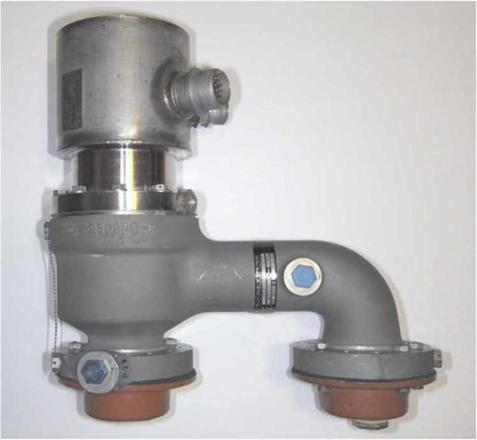
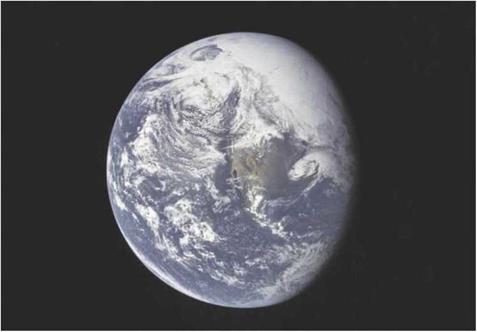
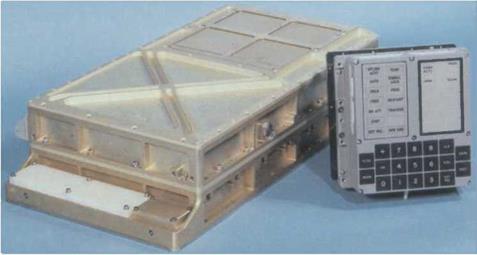

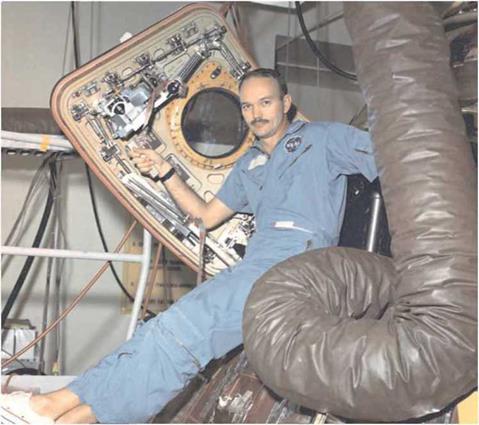
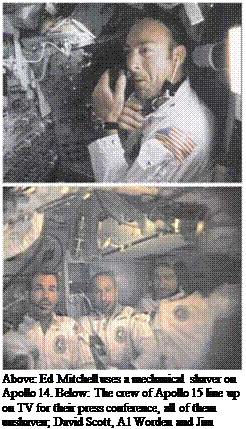 “The only difficulty really was conditioning the beard for shaving,” continued Armstrong. “Handling the equipment was no problem and there was no problem with shaving cream getting away from you. It wasn’t that kind of a problem.”
“The only difficulty really was conditioning the beard for shaving,” continued Armstrong. “Handling the equipment was no problem and there was no problem with shaving cream getting away from you. It wasn’t that kind of a problem.” “Yes,” confirmed David Scott. “Go ahead with your questions.”
“Yes,” confirmed David Scott. “Go ahead with your questions.”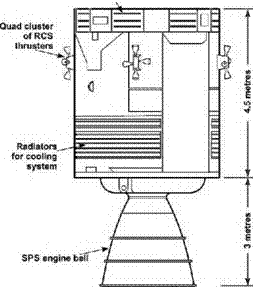
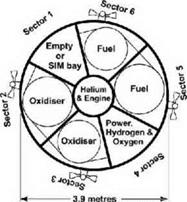
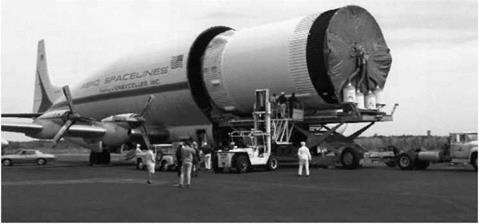
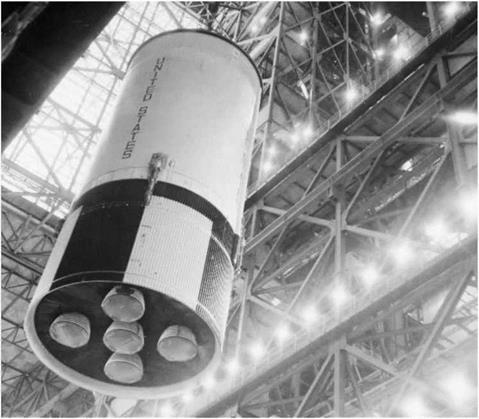

 Their first excursion took them on a drive to where Hadley Rille ran below Mount Hadley Delta. Scott said the vehicle was somewhat sporty to drive, but both crewmen benefited from the rest gained while driving between stops. Upon their return, they set up a third ALSEP science station and in trying to emplace sensors for a heat-flow experiment Scott had difficulty in drilling into the lunar soil. Although the material was an unconsolidated mass of powder and debris, over a period of billions of years it had become so compacted as to be as hard as rock. The drill had to be redesigned for the next mission.
Their first excursion took them on a drive to where Hadley Rille ran below Mount Hadley Delta. Scott said the vehicle was somewhat sporty to drive, but both crewmen benefited from the rest gained while driving between stops. Upon their return, they set up a third ALSEP science station and in trying to emplace sensors for a heat-flow experiment Scott had difficulty in drilling into the lunar soil. Although the material was an unconsolidated mass of powder and debris, over a period of billions of years it had become so compacted as to be as hard as rock. The drill had to be redesigned for the next mission.